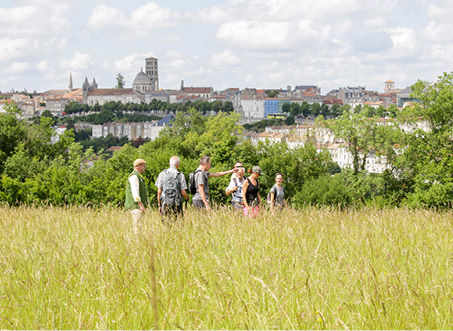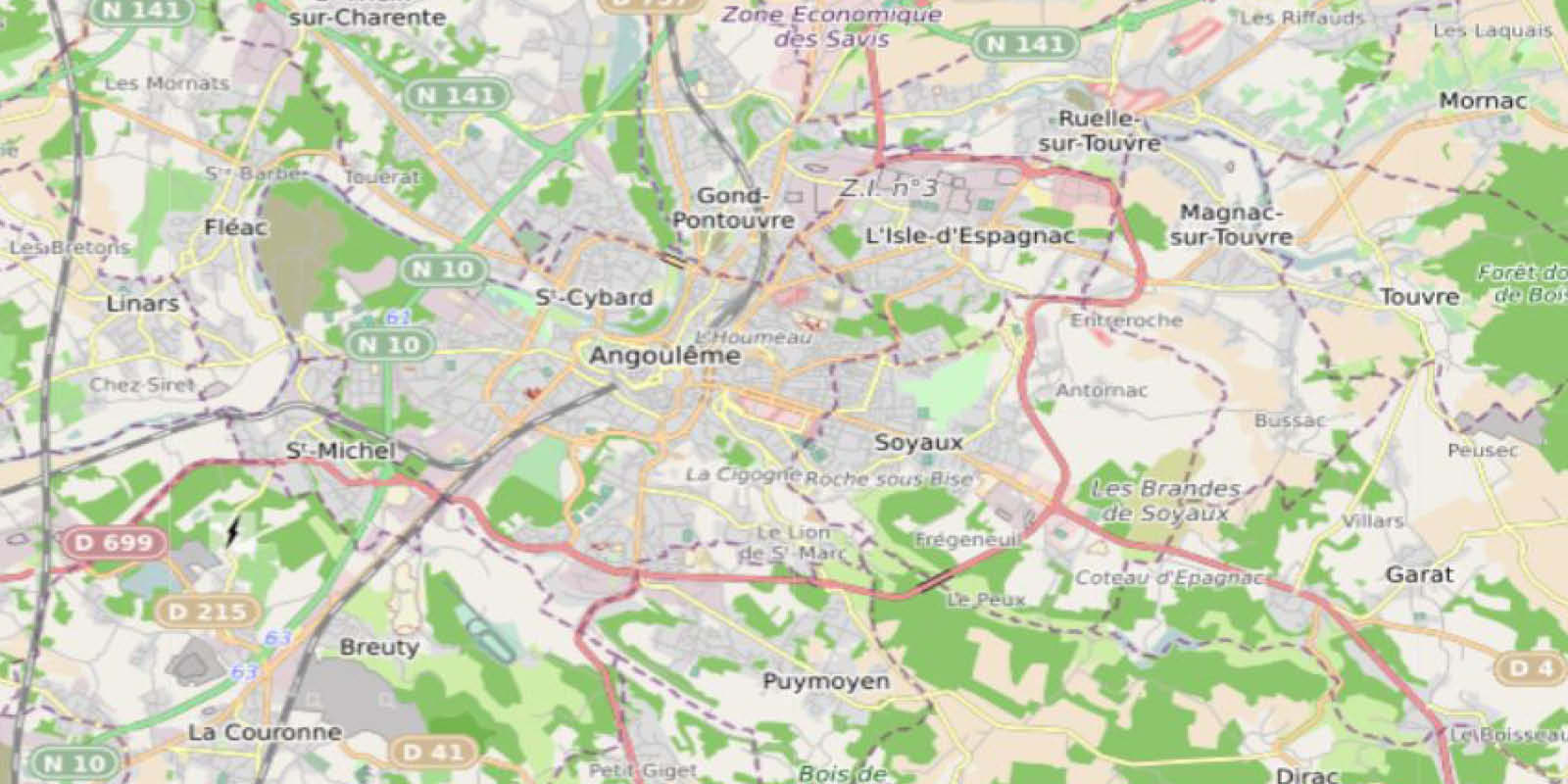Your itinerary
Angoulême
Hôtel de Ville
Herge Bust
St. Martial Church
Les Halles
Puck Square
St Andrew's Church
Courthouse
Mining Square
Les Remparts
Place Beaulieu
The Green Garden
Private mansion of Bardines
Chapel of the Cordeliers
St. Peter's Cathedral
To the right of the portal, there is a hunting scene and a sculpted frieze representing a combat of horsemen inspired by the Chanson de Roland.
The architect Paul Abadie fils undertook a vast restoration campaign in the XNUMXth century.
Angouleme Museum
Live Drama
Margaret of Valois Statue
Paper museum
Comic Strip Museum
the "Museum of Comic Strips" also hosting a reference bookshop,
"le Vaisseau Moebius" housing temporary exhibitions, a heritage library, a specialized public library, an arthouse and research cinema, an internet consultation area and a panoramic brasserie
"the house of authors", international residence of artists.
Regional Contemporary Art Fund
L'Houmeau district and old port
The Green Coulee
Since 1997, the Greater Angoulême Agglomeration Community has been developing the towpath along the entire crossing of the agglomeration between Saint-Yrieix and Nersac, i.e. 17 km.
























